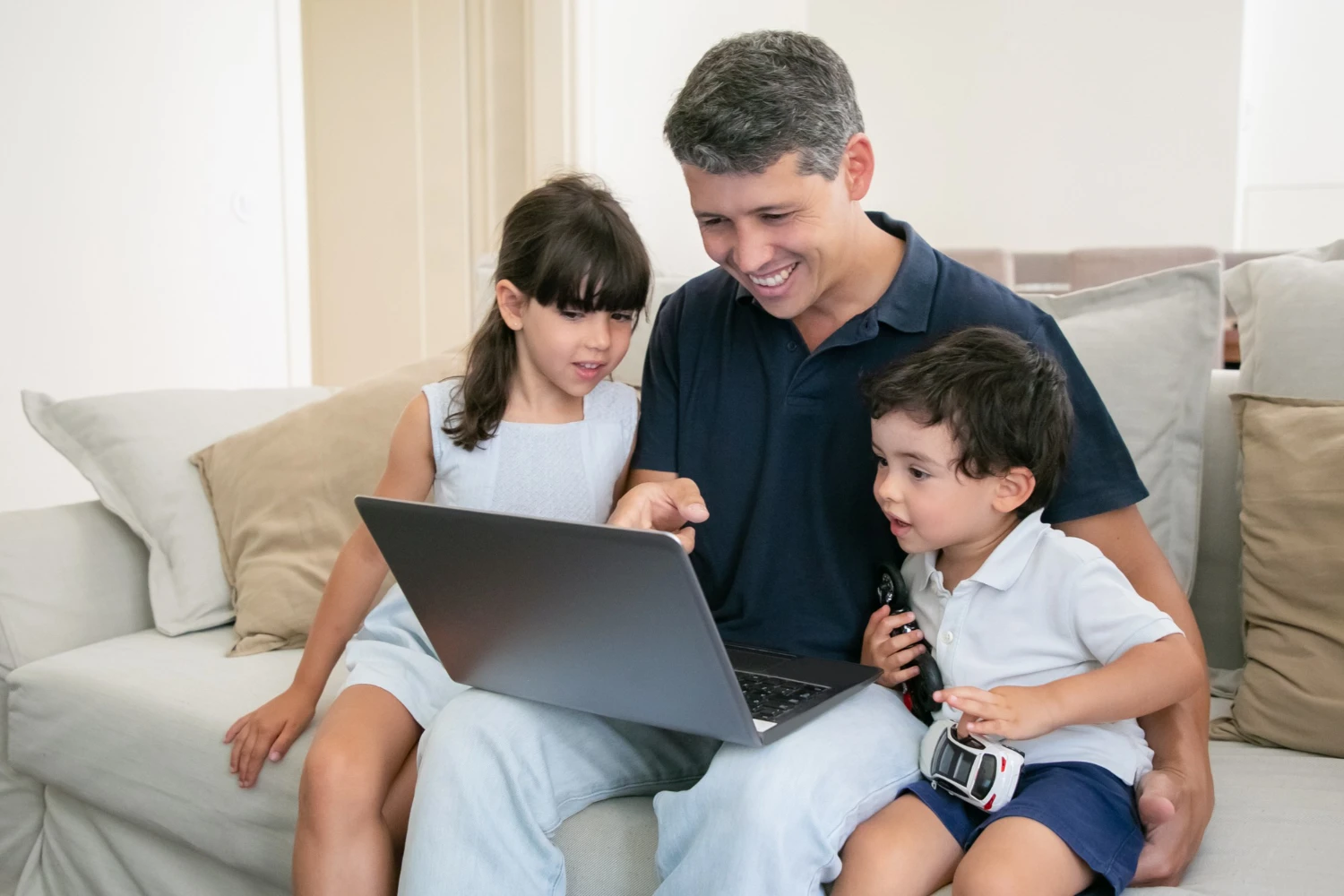Only one free monthly service discount and one device discount is allowed per household. Program rules acknowledge there may be more than one eligible household residing at the same address.
Any member of your household can make your household eligible. For example, if your child or dependent participates in the Free and Reduced-Price School Lunch Program, your household qualifies for the Free Internet Benefit.
Lifeline is a program to help make communications services more affordable for low-income consumers. If you currently receive Lifeline benefits, you automatically qualify for the Emergency Broadband Benefit, and you can receive both benefits at the same time. You can apply your Free Internet Benefit and your Lifeline benefit to the same or separate services.
You can get the Emergency Broadband Benefit if your income is 200% or less than the federal poverty guidelines. The guideline is based on your household size and state.
You will have to show proof of income, like pay stubs or a tax return, when you apply for the Free Internet Program.
A household is a group of people who live together and share money (even if they are not related to each other).
If you live together and share money, you are one household. If you either don’t live together or you don’t share money, you are two or more households.
You may have to answer questions about your household when you apply for the Free Internet Program.
Note: These are general examples only.
